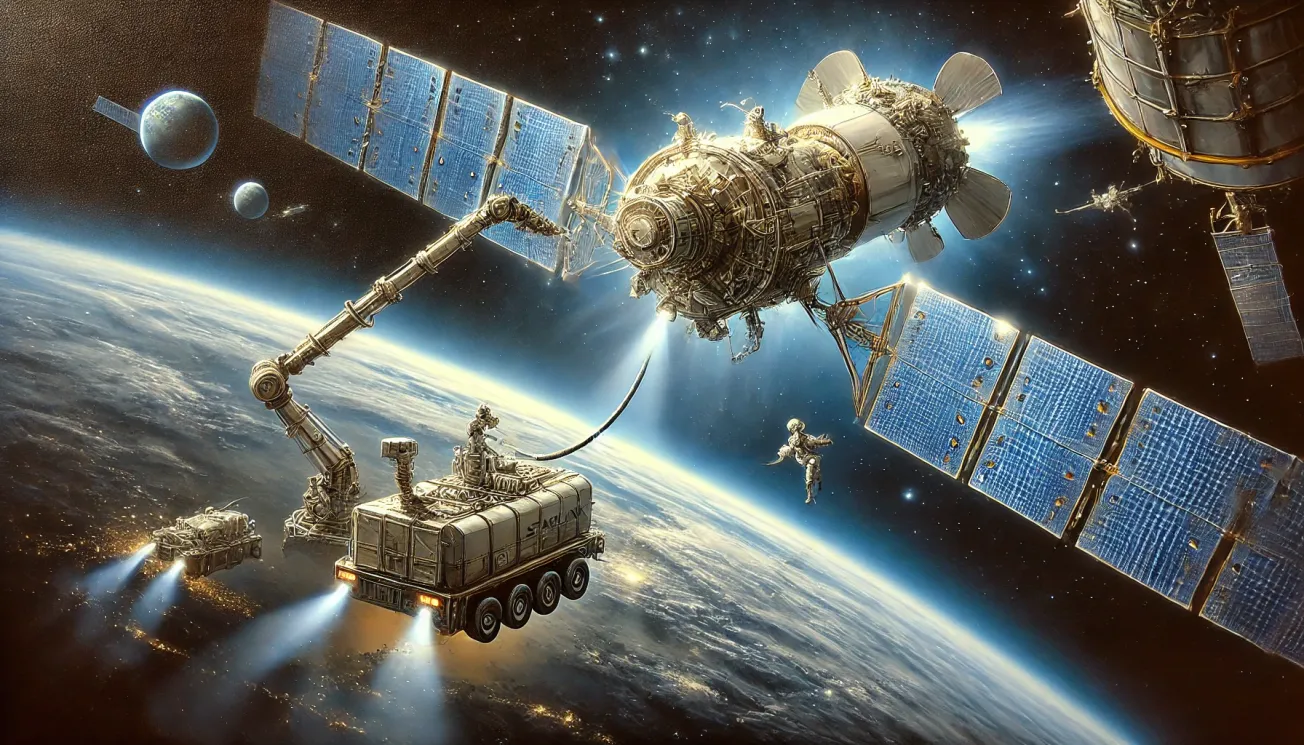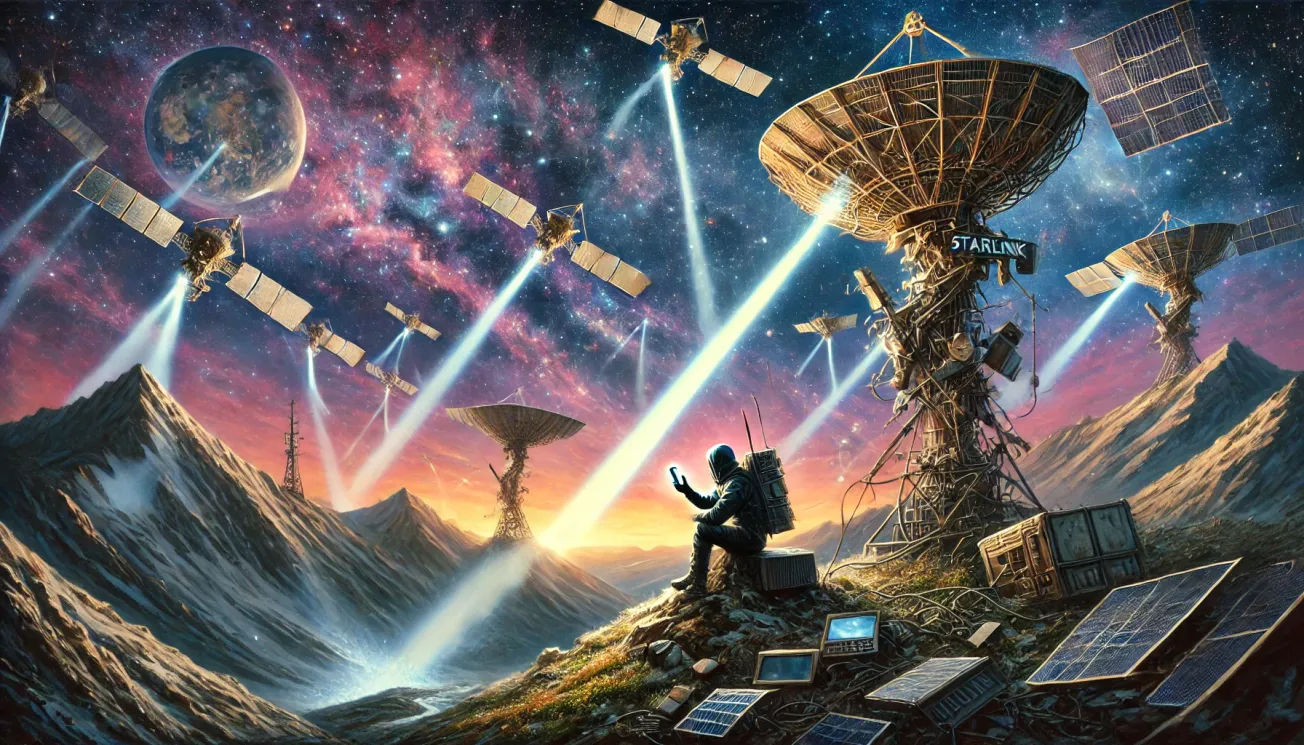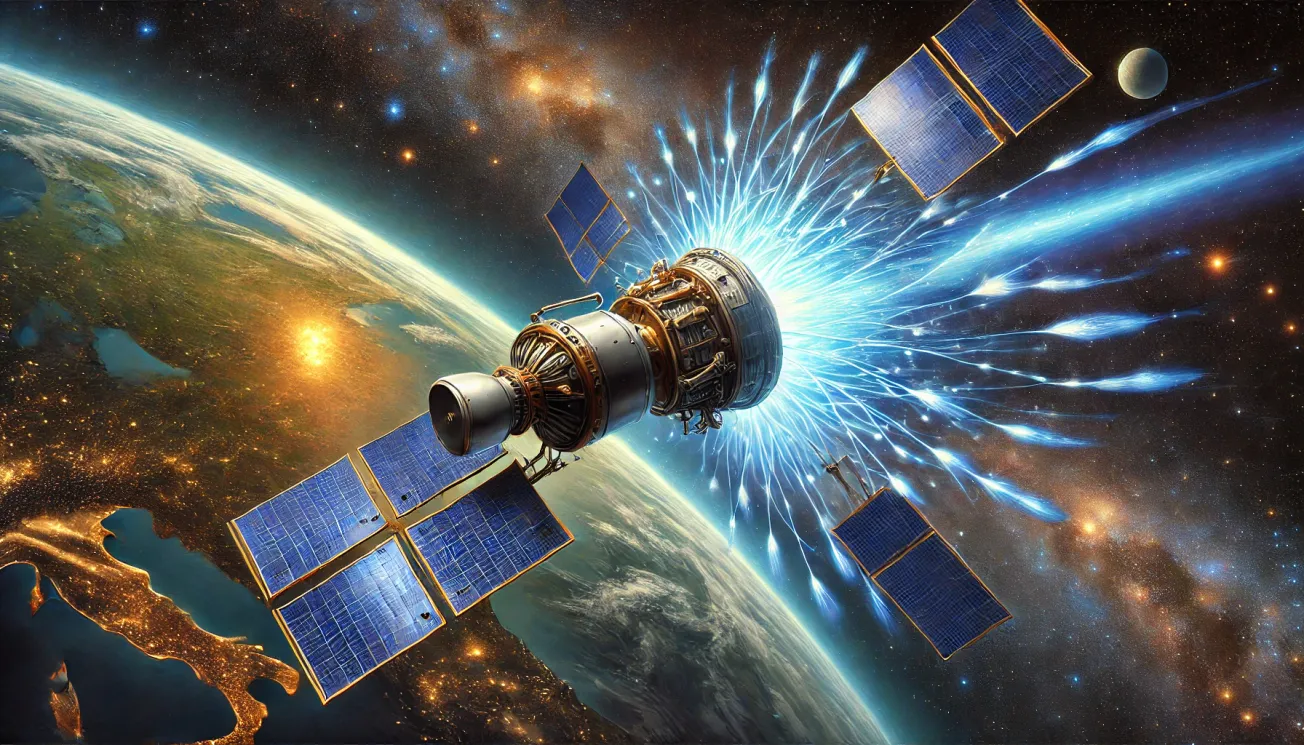Currently, Starlink satellites are not designed for in-orbit refueling. Once they run out of krypton fuel for their Hall Effect Thrusters, they are deorbited and replaced with new satellites. However, advancements in satellite servicing and refueling technology may change this in the future.
1️⃣ Why Starlink Satellites Are Not Currently Refillable
🚀 Key Reasons:
✅ Starlink satellites are designed for a 5-7 year lifespan, after which they are replaced with newer, upgraded models.
✅ No existing infrastructure for in-orbit refueling—the technology is still in early development.
✅ Krypton, unlike traditional propellants, is a gas—which makes refueling more challenging than liquid fuels.
✅ Mass production and replacement are more cost-effective than refueling old satellites.
📌 Did You Know? SpaceX launches hundreds of new Starlink satellites every year, continuously improving the constellation with updated hardware.
2️⃣ The Future of In-Orbit Refueling
While Starlink isn’t refuelable yet, companies and space agencies are actively developing satellite refueling technology. If refueling becomes viable, it could:
✅ Extend satellite lifespans beyond 10 years
✅ Reduce the need for constant new launches
✅ Make large-scale satellite constellations more sustainable
3️⃣ Potential Technologies for Starlink Refueling
🔬 What Would It Take to Refuel Starlink Satellites?
🚀 Gas Transfer Systems:
- Refueling krypton would require a tanker satellite equipped with high-pressure storage.
- The tanker would dock and transfer gas into the satellite's propulsion system.
🛰️ Robotic Servicing Vehicles:
- NASA and private companies are working on robotic refueling spacecraft that could service and refuel satellites in orbit.
- The OSAM-1 mission (On-Orbit Servicing, Assembly, and Manufacturing) aims to refuel satellites using robotic arms.
💡 SpaceX’s Role?
- SpaceX hasn’t announced any refueling plans for Starlink but is heavily invested in space infrastructure, including Starship’s in-orbit refueling for Mars missions.
- Future Starlink versions could integrate refueling ports if in-orbit servicing technology becomes cost-effective.
📌 Did You Know? Northrop Grumman’s Mission Extension Vehicle (MEV) has already successfully docked with and extended the life of aging satellites.
4️⃣ Could Starship Be Used for Starlink Refueling?
🛠 A Hypothetical Future:
- SpaceX’s Starship will be capable of in-orbit refueling for deep-space missions—but could it also refuel Starlink satellites?
- Starship could carry a refueling module that services multiple satellites in a single mission.
- If refueling technology advances, Starship may deploy both new satellites and service existing ones.
📌 Did You Know? SpaceX is developing Starship tankers for in-orbit refueling of Moon and Mars missions, proving they have the capability to explore satellite refueling in the future.
Is In-Orbit Refueling for Starlink Possible?
🚀 For now, refueling Starlink satellites isn’t practical—they are designed for mass production and replacement rather than long-term servicing.
✅ However, as satellite servicing technology advances, in-orbit refueling could become a reality, extending satellite lifespans and reducing launch costs.
🔭 Future Possibilities: If SpaceX develops an autonomous refueling system—perhaps using robotic tankers or Starship-based refueling missions—Starlink could transition to a sustainable, refuelable model in the years ahead.
📌 For now, it’s easier to replace Starlink satellites than refuel them—but the future may change that. 🚀










